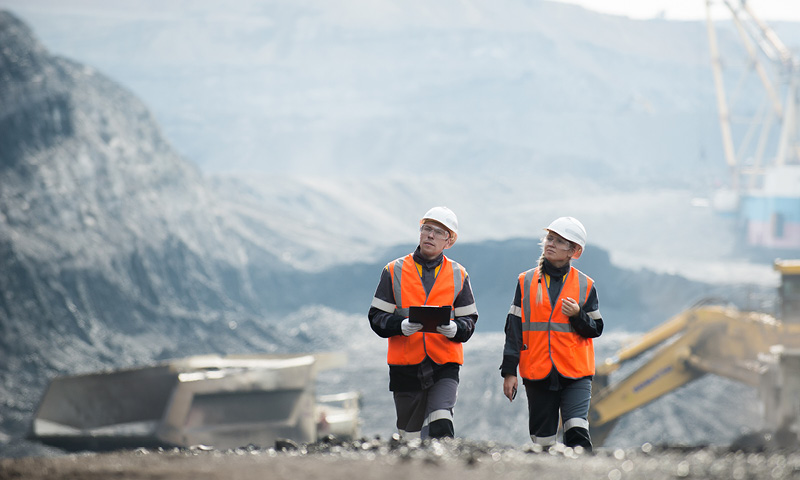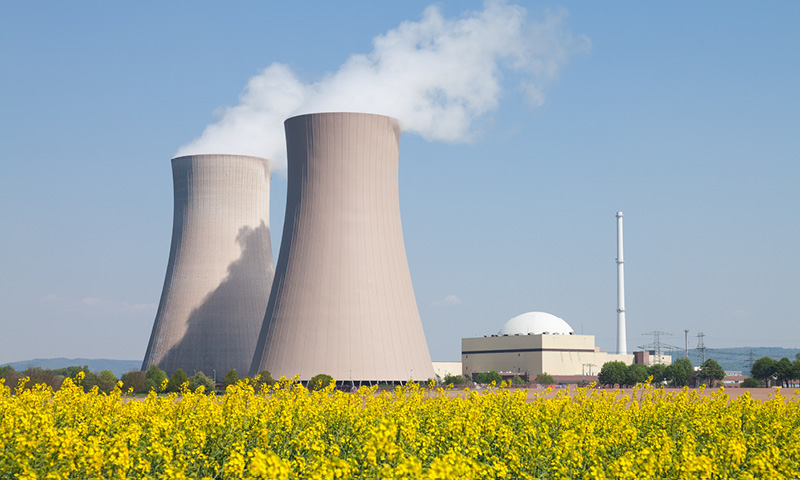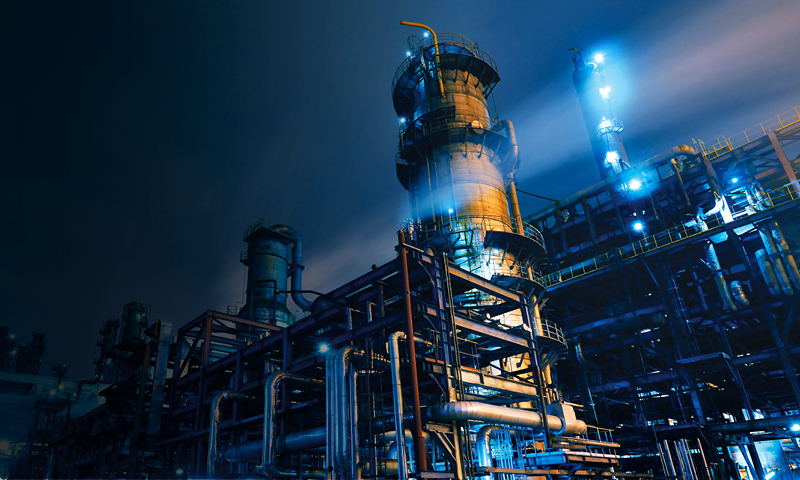13 February 2017
Whether you are looking at an acquisition, disposal, debt refinancing, financial investment, joint venture development, urban or land redevelopment project, it is essential that you fully understand the environmental risks and liabilities that you could face.
If you are managing the sale or acquisition of a business or property there are some important questions to ask yourself:
- do I have clarity about the potential environmental liabilities associated with radon, contaminated land, asbestos or other hidden materials?
- if I wish to redevelop the site will there be project delays caused by environmental issues?
- can I transfer environmental liabilities onto the new owner when I dispose of a property or business?
- will environmental liabilities impact on my investment exit strategy?
- do I have any legacy environmental liabilities from historic transactions?
What are the potential environmental liabilities you could face?
The dangers of radon gas to your employees
Radon is a natural gas formed by the radioactive decay of the small amounts of uranium that are present in all rocks and soils. Generally, levels of exposure are low and do not present any health issues. However, radon can accumulate in confined spaces such as basements, and some work may need to be carried out to ensure that any harmful impact on employees is reduced.
Large fines, substantial clean-up costs and reputational damage associated with former industrial activity and waste disposal sites
Land that has a history of industrial use may have become contaminated as a result of leaking pipes, bulk storage containers or processes, accidental releases, fall-out from air emissions and the disposal of waste materials. Such contamination can be a health risk and, through migration, may cause damage to the environment and to controlled waters resulting in fines and substantial clean-up costs. In some cases, where pollutants find their way into the water supply, firms can face liabilities in excess of £1m.
The degradation of waste deposited in former landfill sites generates methane gas which is hazardous if it accumulates in buildings. Landfill sites also produce contaminated water which has to be continually monitored and treated so that it does not pollute the wider environment and controlled waters.
The costs and health implications associated with asbestos
Asbestos can release small fibres into the air, which if breathed, can lead to a number of potentially fatal diseases including lung damage and even cancer. Before the ban on its usage, asbestos was widely used for a great number of purposes in building construction.
The presence of asbestos needs to be recorded in an asbestos register and managed according to the risk it poses. Buildings that have utilised asbestos will incur additional refurbishment costs.
The dangers of exceeding legal polychlorinated biphenyls (PCB) limits
PCB’s were widely used in oil filled electrical equipment until 1986 when it was discovered to have carcinogenic properties. A legal limit has now been set for the concentration of PCB that is allowed to be held in equipment and concentrations greater than this limit must be disposed of by a specialist contractor.
How to manage your environmental risks
Identifying your potential environmental liabilities is best achieved by carrying out a phase one environmental liability assessment. This assessment examines the site’s geology, hydrology, hydrogeology and historic land use. If at all possible this preliminary investigation should be combined with an on-site inspection and area reconnaissance. If potential environmental liabilities are identified, then the next stage should be to undertake an intrusive contaminated land investigation which would provide you with a better assessment of the potential clean-up costs.
This information can be used to ensure that the true value of the sale is established or, for an acquisition, used to propose a discount to reflect the cost of clean-up. Alternatively the transaction may be stopped if the investment or refinancing risks are judged to be too high.
The phase one and two studies will also help assess any health and safety concerns associated with the further development or redevelopment of a site. Such information will need to be provided to the contractors commissioned to develop the site.
In some cases the risks can be transferred through the purchase of environmental insurance.
As with any significant investment or sale, due diligence is central to ensuring that a full understanding of the potential costings of your plan are revealed, and that the environmental liabilities you face are understood and minimised.
Act today; shape tomorrow
For more information around how environmental due diligence reports can help you minimise your liabilities when managing the sale or acquisition of a business or property, contact Graham Dalrymple.








